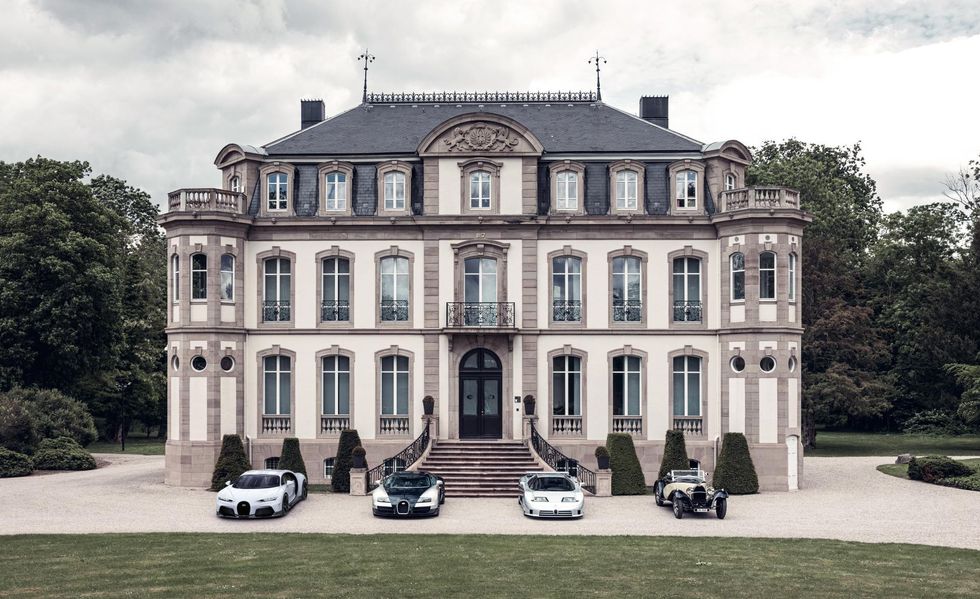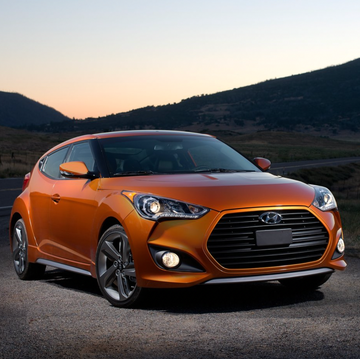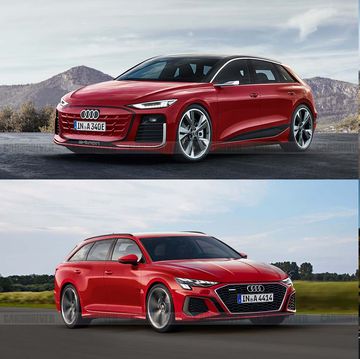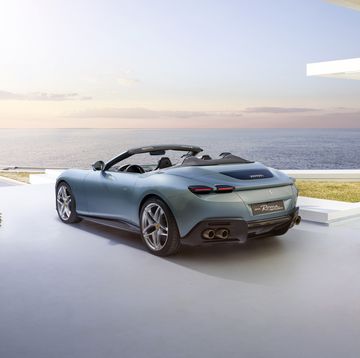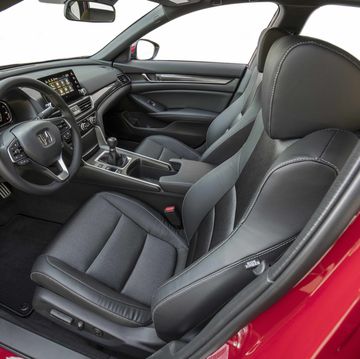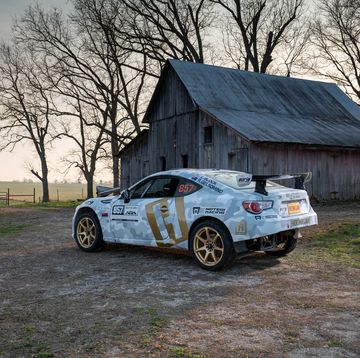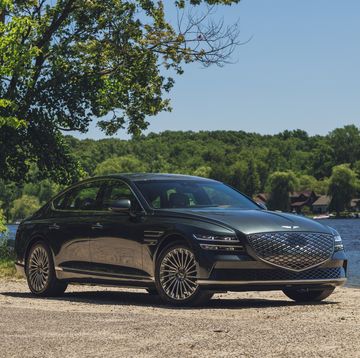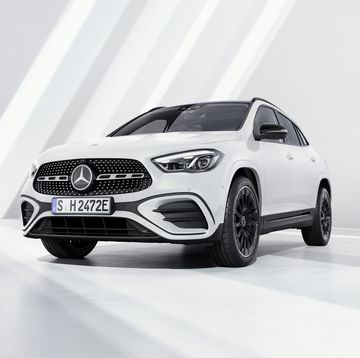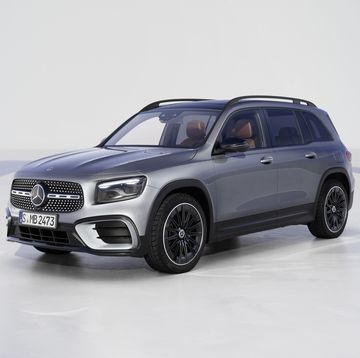- Croatian EV startup Rimac takes control of Bugatti, merging its hypercar-making operation with the 112-year-old marque and acquiring a 55 percent stake in the new Bugatti-Rimac.
- Cars from the two brands will be badged and built separately, but future Bugattis will use Rimac's high-performance electric drivetrains.
- Porsche takes the remaining 45 percent stake in Bugatti-Rimac on behalf of Volkswagen and retains its 24 percent share in the Rimac Group.
UPDATE 7/5/2021, 2:30 p.m.: This story has been updated with additional details.
Croatian EV startup Rimac has taken control of Bugatti, with two all-new Bugatti models engineered by Rimac set to appear by 2030. A 2000-hp hybrid hypercar with a naturally aspirated combustion engine comes first, followed by Bugatti's first full EV.
The long-rumored deal sees Rimac, which was founded in 2009 and to date has delivered only a handful of cars, take majority ownership of a marque established a century earlier and with one of the most illustrious histories in the automotive world.
Bugatti will merge with Rimac's hypercar business, which has just begun building the
Nevera, to create a new company, Bugatti-Rimac. The two brands' cars will continue to be developed and badged separately. Rimac will hold a 55 percent stake in the new entity. Porsche, which controls Bugatti on behalf of their joint parent Volkswagen, will hold the remainder.
"This is a great responsibility," Mate Rimac said as he announced the deal dressed in shorts and running shoes alongside the suited Porsche CEO Oliver Blume. "We are standing on the shoulders of giants here. Bugatti defined the hypercar, and we have to make it a success not only in terms of its products, but also profitable."
Sources close to the deal say that talks began two years ago when the Volkswagen Group approached Rimac to help it develop a hybrid version of the Bugatti Chiron. Rimac offered to create an entirely new hybrid hypercar with a naturally aspirated engine for less than it would have cost to update the existing car. Instead of buying the bulk of the new car's engineering from Rimac, Volkswagen offered the startup a merger. The sources said VW had been considering shuttering Bugatti rather than commit the investment required to make it fully electric in time.
The current Rimac Automobili will be renamed the Rimac Group with an unchanged ownership structure. Mate Rimac, the company's 33-year-old founder, has the largest stake at 37 percent. Porsche is the second-largest shareholder, having built its 24 percent share over the past three years. Hyundai is third with 12 percent.
The new Rimac Group will hold the majority share in its new Bugatti-Rimac subsidiary. A new, separate business named Rimac Technology and wholly owned by the Rimac Group will continue to develop and sell the company's high-performance EV powertrains and autonomous driving systems to major carmakers. It has already completed around 30 such projects and is working with at least 10 major carmakers, including its two OEM shareholders as well as Ferrari, Mercedes, and Aston Martin. Rimac Technology's turnover is expected to exceed the hypercar maker's by around four to one.
To preserve the tech company's independence and ability to supply other carmakers, Porsche is not expected to increase its stake in the Group. With its 45 percent holding in Bugatti-Rimac and its 24 percent stake in the Rimac Group, Porsche will indirectly own the majority of the new merged company, and it gains the same exposure to Rimac's existing, record-breaking Nevera and its future hypercars.
But Blume was clear that Porsche doesn't want and won't have operational control, with Mate Rimac becoming CEO of all three companies. "As a shareholder we want a real entrepreneur as CEO," he said. "It is our clear strategy to pass operational control to Mate."
Rimac-branded cars will continue to be built in Croatia with the company moving to a spectacular new $240 million "campus" near the capital, Zagreb, in 2023. Bugattis will still be assembled at the company's château and atelier in Molsheim, eastern France, where it was established in 1909. Both brands will use powertrains developed and made by Rimac Technology in Croatia.
Mate Rimac hinted heavily that future Bugattis may have more than two seats and two doors. "In its heritage, Bugatti has models that are more than just hypercars," he said. "There's an opportunity for Bugatti in the future to have very interesting cars that are completely different to other models on the market, while Rimac remains a maker of very high-performance sports cars. But we haven't figured that out ourselves yet."
The idea of Bugatti being passed to such a young entrepreneur and his relatively unproven startup may cause raised eyebrows among Bugatti customers and aficionados. But there are plenty of parallels between Mate Rimac and Ettore Bugatti. Rimac got his start at age 20, when he bolted an electric motor from a forklift truck into his old BMW 3-series. Bugatti did something similar at age 17, fitting a combustion engine to a pedal tricycle. By 20 he'd designed and shown his first car and, like Rimac, licensed his first designs to existing carmakers.
The firm he founded has been reborn twice before: once when bought by Romano Artioli in 1987, resulting in the EB110 of 1991, and again when acquired by Volkswagen in 1998, with the Veyron going into production in 2005.
"Bugatti's fourth chapter starts now," Rimac said, "and with Porsche at our backs I believe we can do incredible things."
Ben Oliver is a U.K.-residing Irishman who writes about cars and tech all over the world. Favorite assignments include driving a Mini as high as a car can go, 18,000 feet up in the Indian Himalayas, and spending a languid hour on the phone with Elon Musk, who was in bed in his Bel Air mansion. Ben has picked up a few awards for his writing and also writes speeches for people who’d prefer you to think they write their own.

